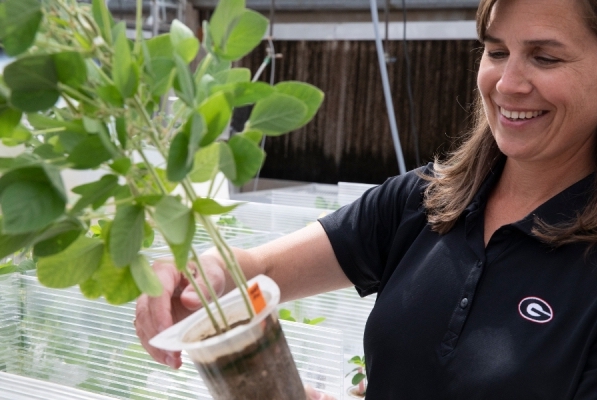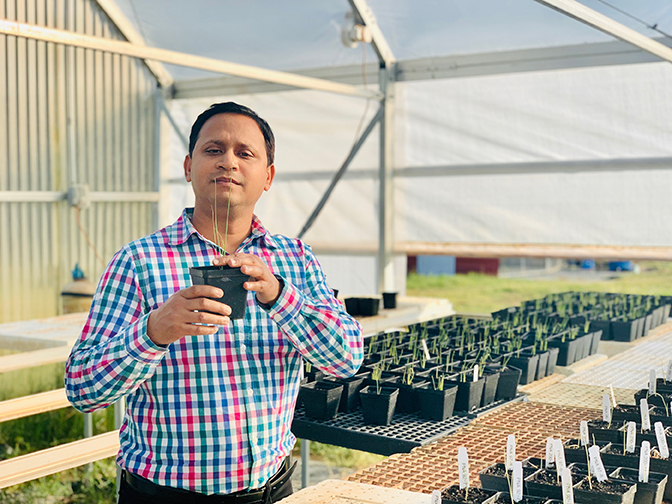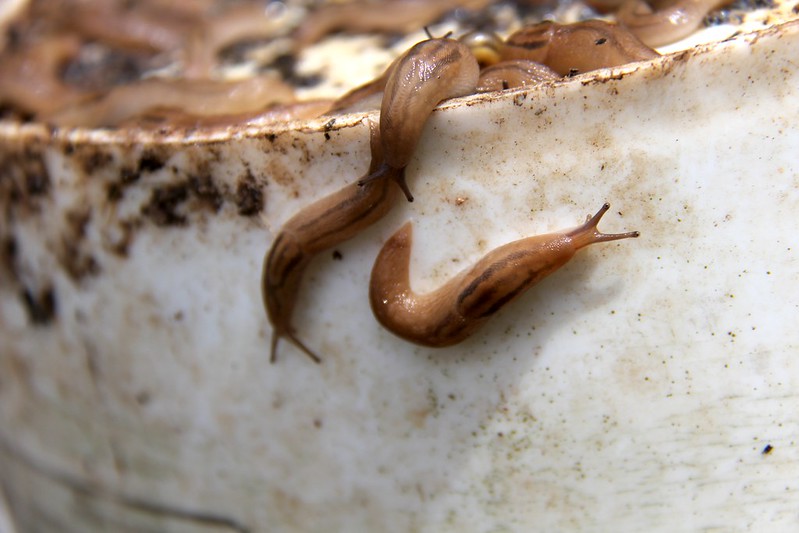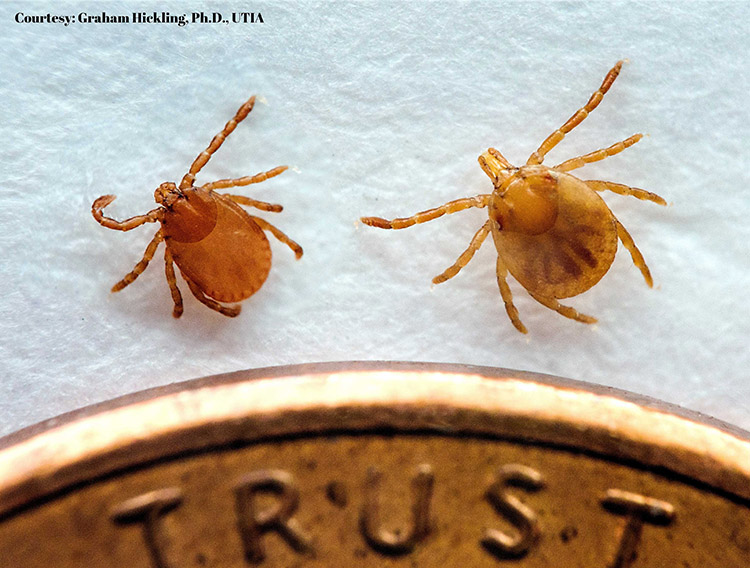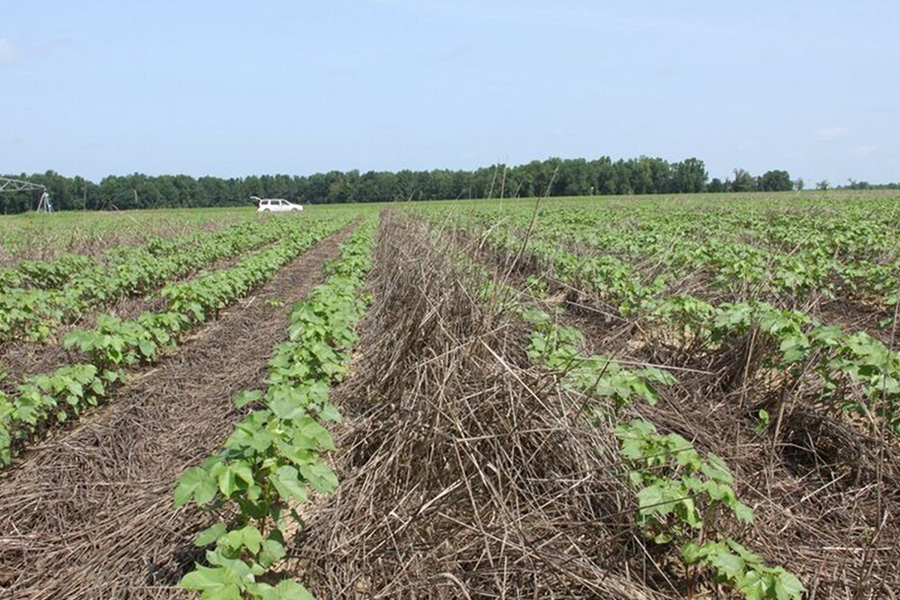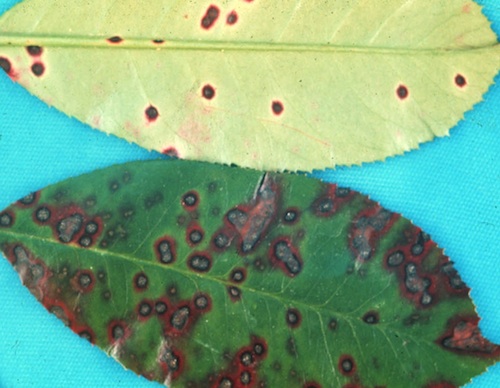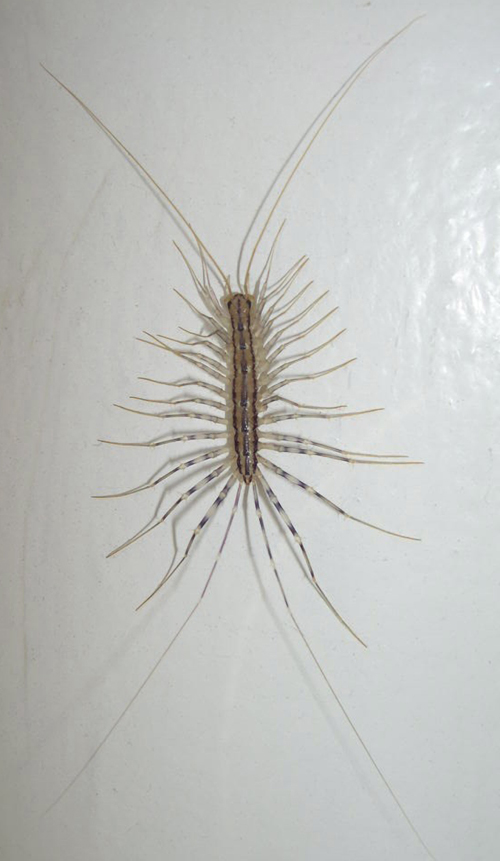 CAES News
CAES News
16 house centipedes
If you don't mind alien-looking creatures skittering around your home, house centipedes are handy things to have around. They're not nearly as big as they look. A house centipede's body is only an inch long, but its long antennae and 15 pairs of extended, spindly legs make it look much larger. They give it a frilly, rippling look as it moves.

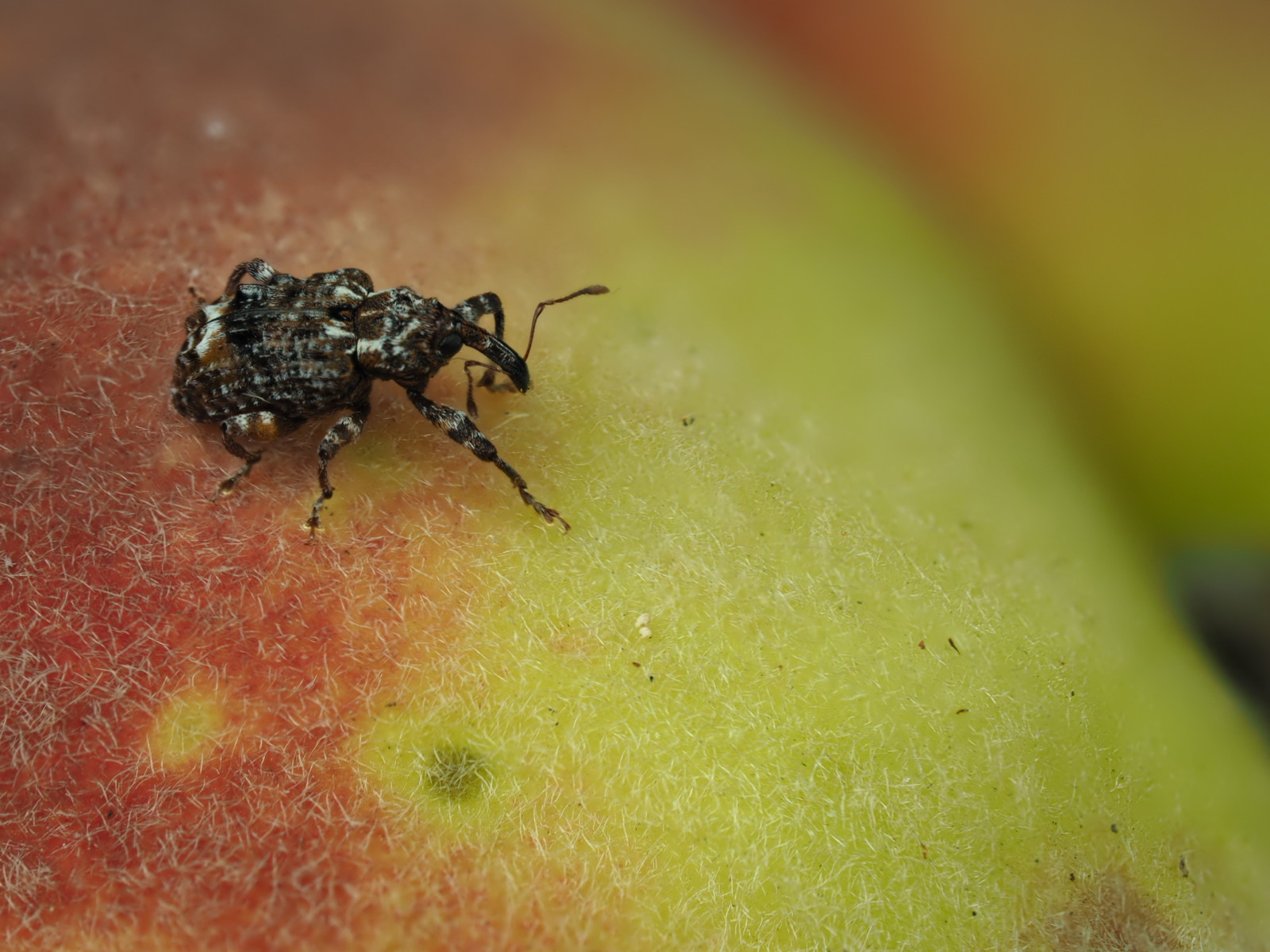
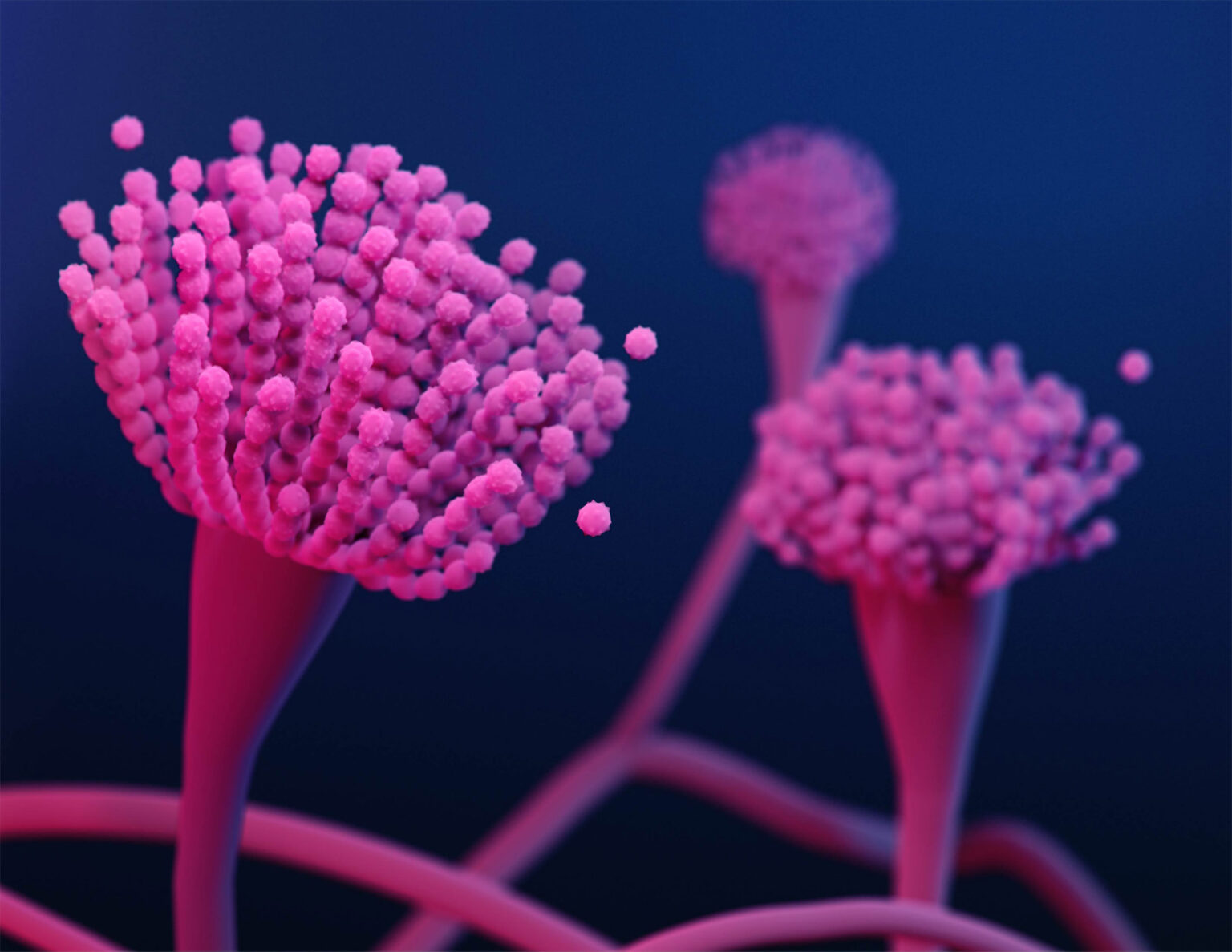
.jpeg)
